Search Images
Browse Content (p. 1313)

Image
Tibetan Sand Mandala
A completed sand mandala with offerings.
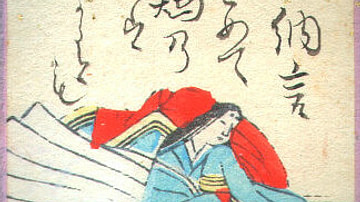
Image
Sei Shonagon
An illustration of Sei Shonagon, authoress of The Pillow Book, Japan, c. 1002 CE. (Edition of Hyakunin Isshu, Edo Period)
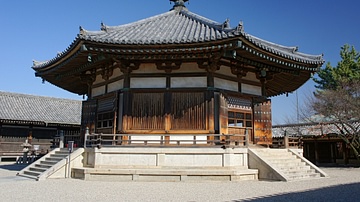
Image
Hall of Dreams, Horyuji
The hall of Dreams or Yumedono of the Buddhist Horyuji monastery, Nara, Japan. 739 CE.
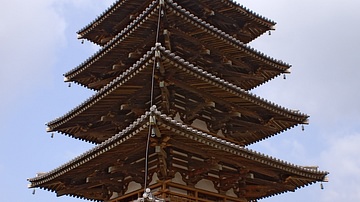
Image
Pagoda, Horyuji
The five-storey pagoda of the Buddhist Horyuji monastery, Nara, Japan. 607 CE. The pagoda is over 35 metres (100 ft.) high.
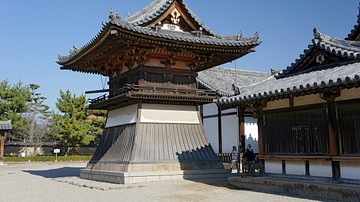
Image
Bell Tower, Horyuji
The Bell Tower at the Buddhist Horyuji monastery, Nara, Japan. 710 CE.

Image
Main Hall, Horyuji
The Main Hall (aka Golden Hall) or Kondo of the Buddhist Horyuji monastery, Nara, Japan. 607 CE.
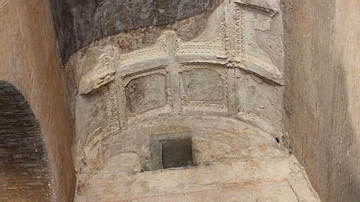
Image
Colosseum, Stucco Decoration.
Colosseum, Rome. Remains of once vividly painted stucco on the vault of one of the main entrances. 72-80 CE.
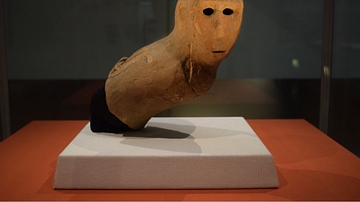
Image
Monkey Haniwa
A terracotta haniwa (tomb marker) in the form of a monkey. 6th century CE, Kofun/Asuka Period. From Dainichizuka Tumulus, Okinosu, Namegata-shi, Ibaraki, Japan. 'Important Cultural Property'. (Tokyo National Museum)
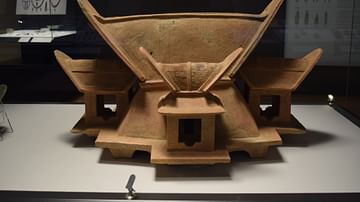
Image
Haniwa House
A terracotta haniwa (tomb marker) in the form of a house. Saitobaru Burial Mounds, Saito-shi, Miyazaki, Japan. Kofun/Asuka Period, 5th century CE, Japan. Imperial Cultural Property. (Tokyo National Museum)
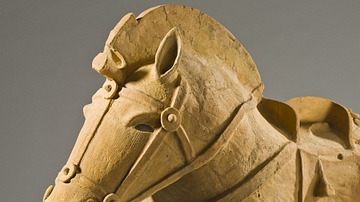
Image
Haniwa Horse
A terracotta haniwa (tomb-marker) in the form of a horse. Asuka Period, 6th century CE, Japan. (Los Angeles County Museum of Art)